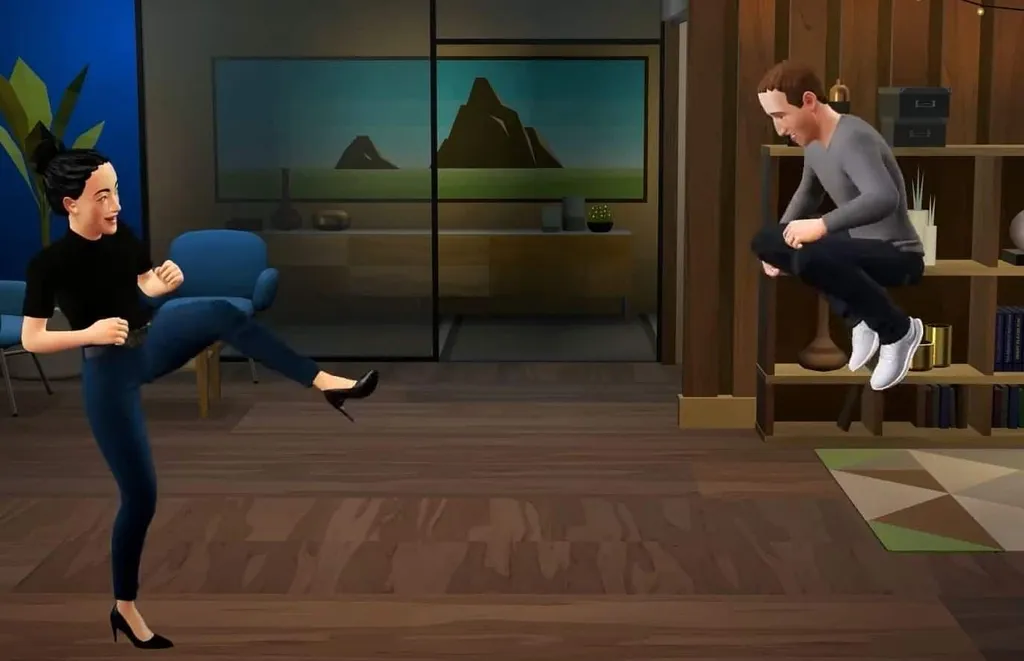A key segment of the Connect keynote this week announcing that Meta’s avatars would eventually feature legs was produced with “animations created from motion capture,” the company said.
The segment caught the eye of eagle-eyed developers who were confused about the scene which was meant to show features coming to VR headsets in the future. The smoothness of the movements shown in the video clashed with the expectations of what’s capable on VR hardware, leaving some to suspect it was motion-captured or carefully smoothed by artists while others strained to understand why Meta would show something in its Connect event if there’s a chance it might not live up to that fidelity in practice with shipping VR hardware.
“Personally I think this type of approach erodes credibility in the industry,” Hrafn Thorisson, CEO and Founder of VR development studio Aldin wrote to UploadVR.
Indeed, the pre-prepared video showed what amounted to a bystander’s view of an avatar-based interaction between Meta CEO Mark Zuckerberg and Avatars & Identity General Manager Aigerim Shorman featuring full-body “next-generation avatars.”
“To enable this preview of what’s to come, the segment featured animations created from motion capture,” Meta told UploadVR.
Here’s how UploadVR’s David Heaney broke down the current state of legs on widespread VR hardware in a recent article:
Many third-party apps & games already give you virtual legs. No shipping VR system has built-in leg tracking though, so virtual legs don’t match the movement of your real legs. Some people don’t mind this, or even prefer it, but it feels disconcerting to many. Meta is getting around this by only showing an inferred position of the legs of other people, not your own when you look down.
There are still major challenges to even showing other people’s legs though, such as how to gracefully handle the transition between sitting and standing, and how to make the legs look natural when moving around with the thumbstick. In many apps today avatars look more like they’re shuffling and sliding than really walking.
Meta’s avatars and efforts to build out Horizon Worlds face almost constant ridicule, but researchers at the company have shown approaches toward both far-in-the-future and near-term methods for far more realistically representing people in VR. In September, Meta CTO Andrew Bosworth said “we are working on legs that look natural to somebody who is a bystander — because they don’t know how your real legs are actually positioned — but probably you when you look at your own legs will continue to see nothing. That’s our current strategy.”
Here’s some of Meta’s research towards that, which – unlike the Connect demo – uses current-day Quest 2 tracking hardware:





























